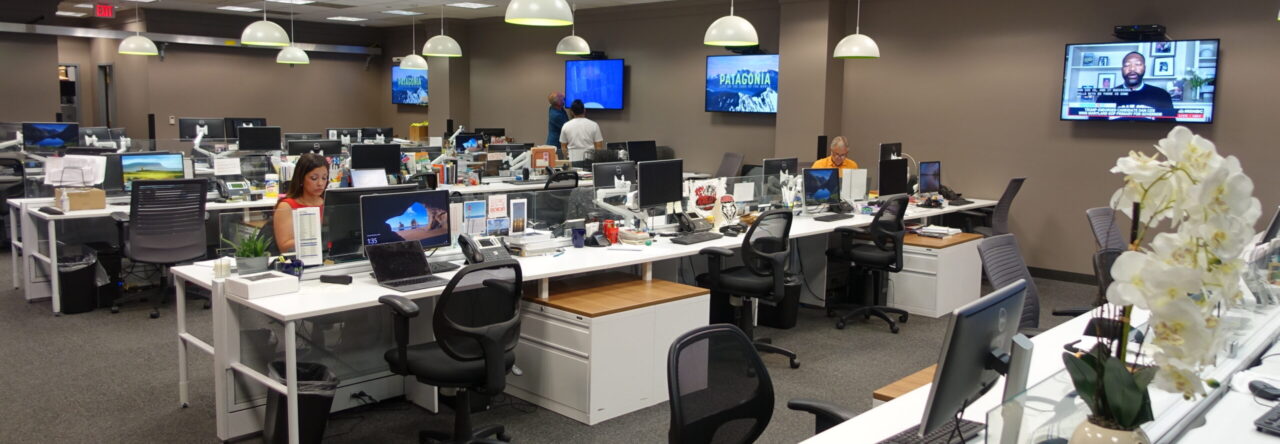
Old-school paywalls. Photo (cc) 2008 by Dan Kennedy.
• Are we really doing this again? Richard Stengel argues in the paywall-protected Atlantic (free link) that news organizations should publish their journalism for free during the 2024 campaign lest readers be driven to non-paywalled sources of misinformation and disinformation. He provides no advice on how these news organizations are supposed to pay their journalists, and he makes no mention of the many high-quality sources of free news that still exist — among them The Associated Press, NPR, the PBS “NewsHour,” The Guardian, BBC News, local public radio and television stations, national network newscasts and local TV newscasts. You may disdain that last suggestion, but surveys show that local TV news is the most trusted source of journalism we have, and it’s an important source of breaking news.
• Still more on the internal crisis at NPR. Alicia Montgomery, who held several high leadership posts at NPR before moving to Slate, has written her own essay about what’s wrong with the network’s culture, partly in response to Uri Berliner, partly to get a few things of her own off her chest. Montgomery’s essay is nuanced, and she acknowledges that NPR’s culture can be more than a little twee. But here’s the money quote: “In another meeting, I and a couple of other editorial leaders were encouraged to make sure that any coverage of a Trump lie was matched with a story about a lie from Hillary Clinton.” That certainly reflects my experience as a listener — that though NPR may tilt left on culture, its coverage of politics too often indulges in both-sides-ism at its most reductionist. And here’s yet another piece prompted by Berliner’s essay, this one by NPR anchor Steve Inskeep.
• Two digital news giants walk into a room… Richard Tofel, a founder and former president of the investigative nonprofit ProPublica, recently interviewed Evan Smith, a founder and the former CEO of The Texas Tribune, the largest statehouse nonprofit in the U.S. My colleague Ellen Clegg, who wrote about the Tribune for our book, “What Works in Community News,” offers her perspective on the encounter — which took place not in a room but in Tofel’s must-read newsletter, “Second Rough Draft.” As Ellen writes: “When two legends in digital publishing sit down to talk in unvarnished terms about the past, present and future of nonprofit journalism, it’s worth noting. And reading.”



